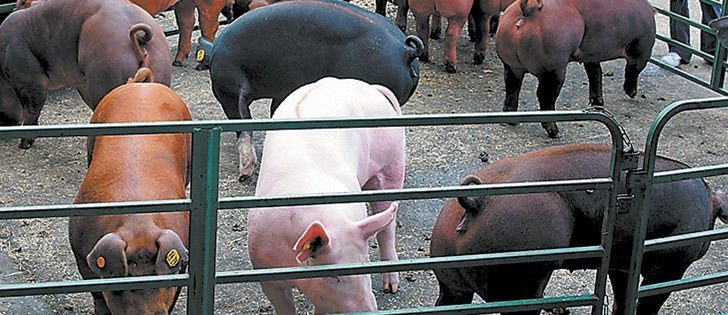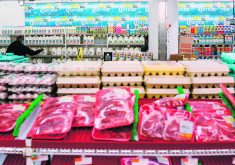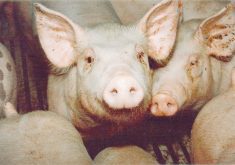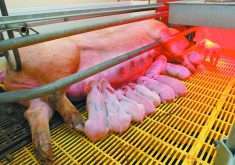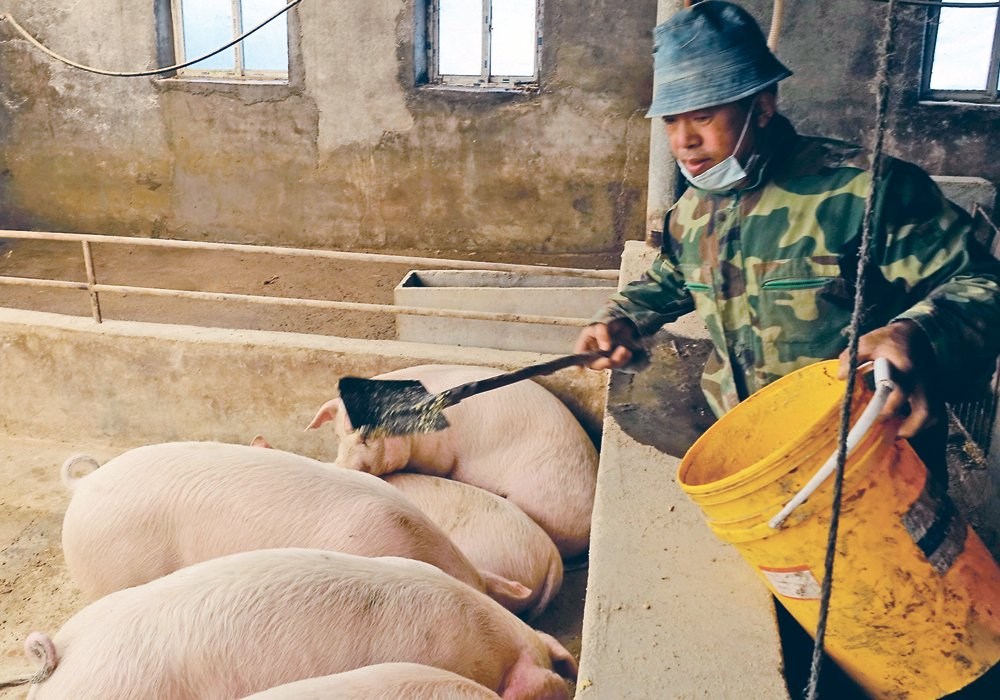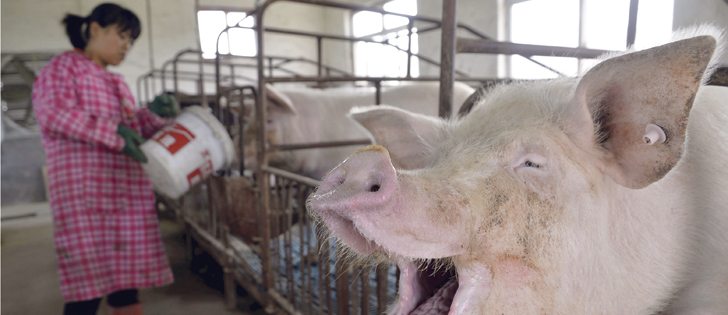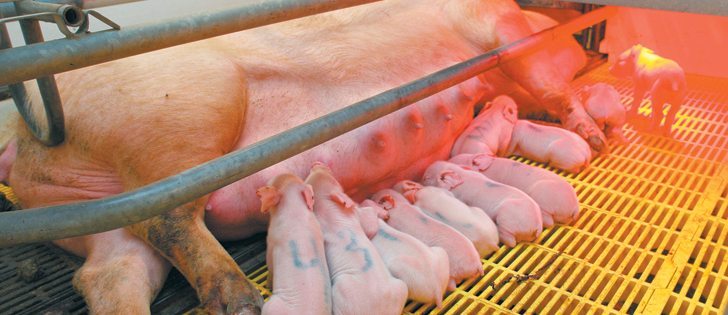Millions of Chinese consumers who are eating a little less imported pork leave a mountain of unexpected meat on the North American supply and demand table.
That’s why pork prices have slumped since March, when weak Chinese demand for pork imports seemed to become verified.
“The market had factored in huge continuing exports to South Korea and China and we just haven’t been able to sustain those levels,” said Tyler Fulton, risk management specialist with Hams Marketing.
“We’re probably at one-quarter or one-third (of the anticipated exports) now.”
Read Also

Critical growing season is ahead for soybeans
What the weather turns out to be in the United States is going to have a significant impact on Canadian producers’ prices
Chicago Mercantile Exchange July lean hogs futures have fallen from about $100 per hundredweight at the beginning of March to $84.75 May 7.
Prices are still high in historical terms, but Canadian farmers are ending up with low margins because of much higher feedgrain prices and a much higher Canadian dollar than a few years ago.
The futures price decline is all the more troubling for hog producers because this is the time of year when a rally usually begins. Instead of a 10 to 12 percent increase in prices in the last two weeks of April, producers have seen a five percent decrease.
Ron Plain of the University of Missouri said China’s future demand is a continual mystery to the market.
“China is the most volatile market we’ve got,” he said. “Some years they come in big and just buy a lot. Other times they back out.”
China imported 156 million pounds of pork from the United States in 2010 and 668 million lb. in 2011. The last quarter of 2011 looked excellent for pork producers, with China buying 118 million lb. of U.S. pork in November and 93 million lb. in December. However, the 83 million lb. bought in January continued a trend of shrinking purchases and the 54 million lb. bought in February seemed to confirm the trend.
Fulton said traders are hearing that exports in March and April have continued to shrink.
Traders had assumed late-2011 Chinese purchases were a harbinger of 2012 demand, so bid up prices to reflect the anticipated demand.
Late-2011 Chinese purchases equalled more than six percent of U.S. production, so it was a major factor in the price structure.
Current prices now reflect traders’ lowered expectations, Fulton said, but he also thinks fourth quarter 2012 prices have not yet dropped enough.
“I’m not sure it’s going to be there,” said Fulton, who advised farmers to consider hedging.
“You only need to go out eight months and the futures are still factoring in good, good demand from a historical perspective from China.”
Plain said China isn’t the only factor behind the slide in pork prices. Slaughter hog weights have grown and beef and cattle prices have fallen. Increased pork supply and weak beef prices remove crucial supports for hog and pork prices.
Plain said he didn’t see an end to China’s unpredictable demand.
“If they fall a little bit short, it’s huge numbers for the rest of the world,” said Plain.
Fulton, who describes China as one of the uncertain pork markets, said he worries that high food inflation in China has caused its government to promote higher domestic hog production, and the recent price slide might be an early manifestation.
Higher production inside China will reduce the amount it needs from Canada and the United States.
“I think we’re just starting to see pretty good success here (of the Chinese policy),” said Fulton.




